
How to get URL link on X (Twitter) App


 Arthur Henderson Smith, a veteran of the US Civil War, moved to China as a missionary in 1872. After studying Chinese in Tianjin, he lived in Shandong, and in 1900 he survived the siege of the foreign legations in Beijing. By then, his first book was already hugely popular.
Arthur Henderson Smith, a veteran of the US Civil War, moved to China as a missionary in 1872. After studying Chinese in Tianjin, he lived in Shandong, and in 1900 he survived the siege of the foreign legations in Beijing. By then, his first book was already hugely popular. 
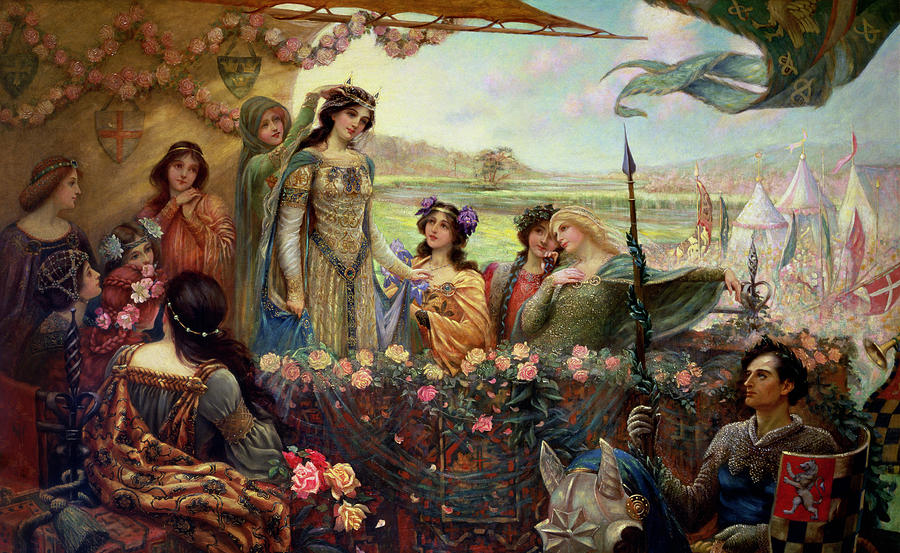
 Keep in mind, as Joseph Henrich puts it in The Weirdest People in the World (2020, pp. 22 & 34), ‘in most non-WEIRD societies, shame – not guilt – dominates people’s lives.’ The ‘public nature of [one’s] failure is crucial: if there’s no public knowledge, there’s no shame…’ 2/7
Keep in mind, as Joseph Henrich puts it in The Weirdest People in the World (2020, pp. 22 & 34), ‘in most non-WEIRD societies, shame – not guilt – dominates people’s lives.’ The ‘public nature of [one’s] failure is crucial: if there’s no public knowledge, there’s no shame…’ 2/7 


 Mao County (Mao xian 茂县, then Mao zhou 茂州, north of Chengdu), photographed by Wilson in August 1910. digitalcollections.library.harvard.edu/catalog/W29368…
Mao County (Mao xian 茂县, then Mao zhou 茂州, north of Chengdu), photographed by Wilson in August 1910. digitalcollections.library.harvard.edu/catalog/W29368… 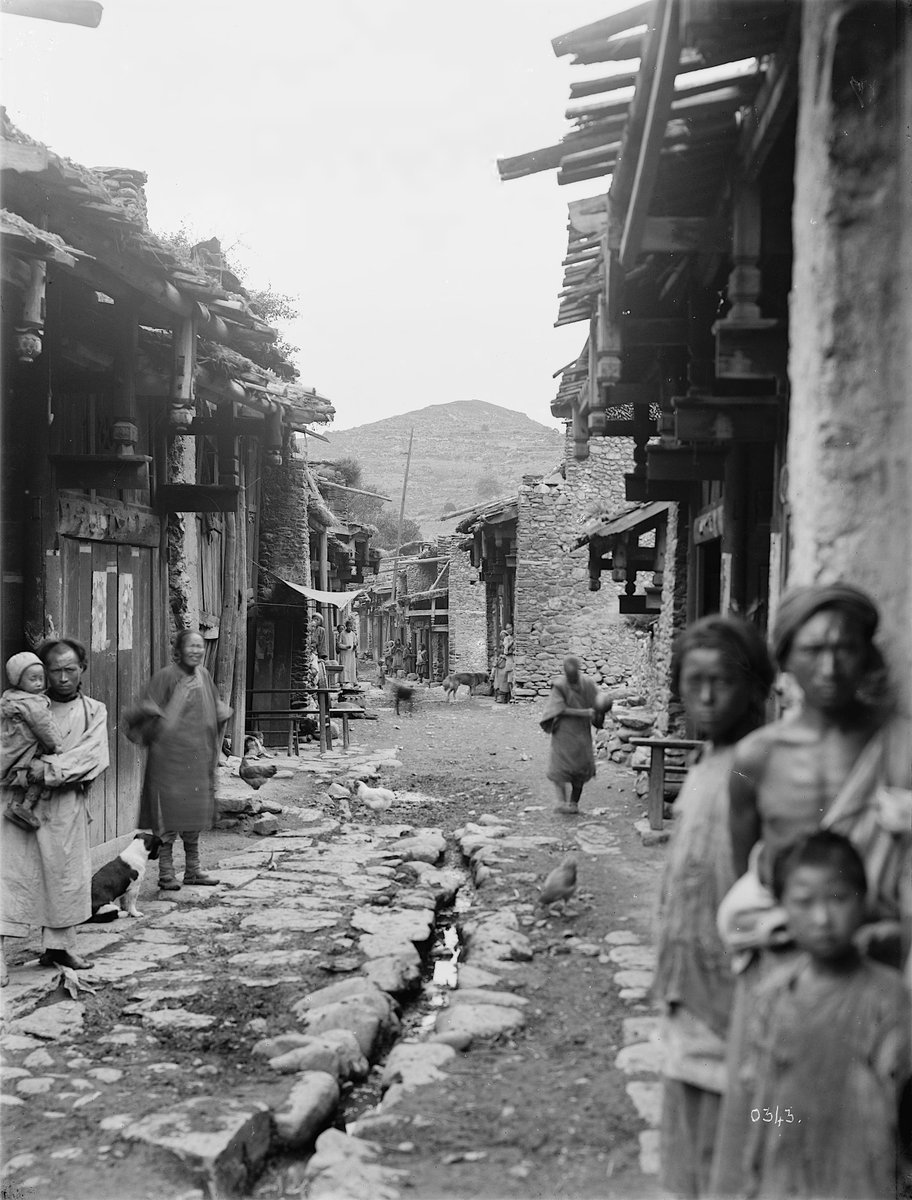

 Moral intuitions are evolved adaptations to collective action problems. In small-scale societies, ‘innate moral predispositions might be sufficient to sustain many forms of cooperation, [but] they became less effective in larger-scale and more complex societies’. 2/11
Moral intuitions are evolved adaptations to collective action problems. In small-scale societies, ‘innate moral predispositions might be sufficient to sustain many forms of cooperation, [but] they became less effective in larger-scale and more complex societies’. 2/11 

 After crossing the Atlantic in search of Asia, the Spanish had devastated the Americas. In 1521, just 500 men – led by Hernán Cortés – had seized Mexico. With superior weaponry & disease resistance (plus an army of local allies), they had crushed the Aztecs with ease. 2/
After crossing the Atlantic in search of Asia, the Spanish had devastated the Americas. In 1521, just 500 men – led by Hernán Cortés – had seized Mexico. With superior weaponry & disease resistance (plus an army of local allies), they had crushed the Aztecs with ease. 2/ 
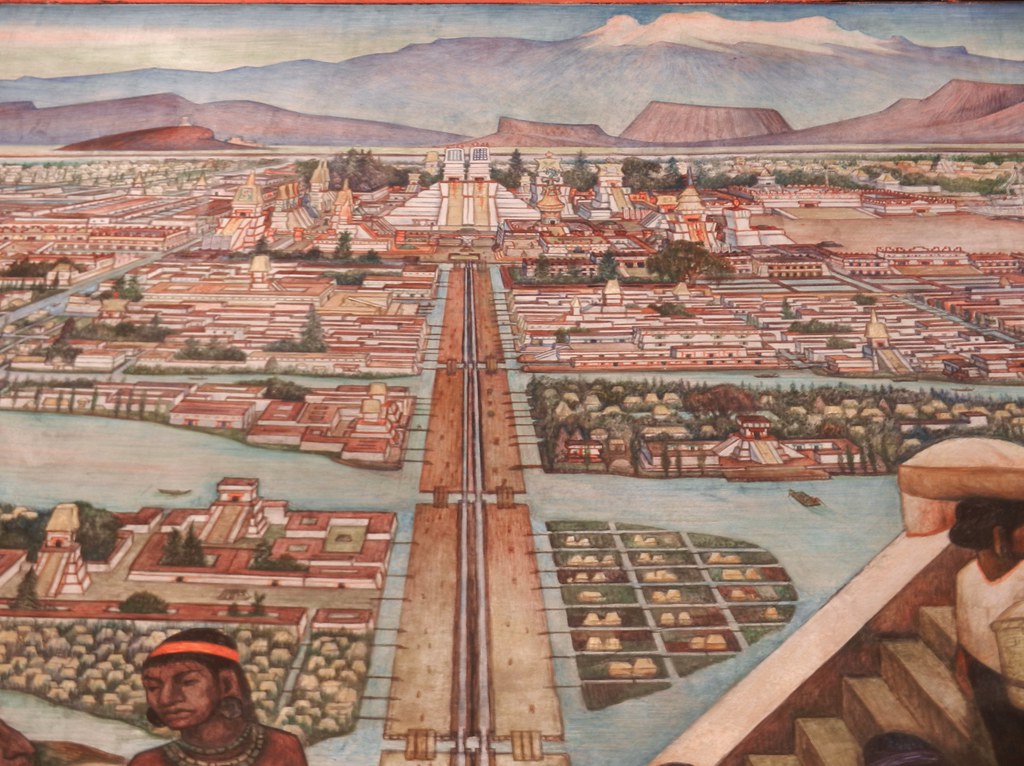
https://twitter.com/evohopp/status/1406985341781827585

 The civilization of the Maya came to the world’s attention in the 1840s, when J. L. Stephens and Frederick Catherwood wrote of their travels in Central America. How the Maya had lived, however, remained a mystery, as their script could not be read. [2/12]
The civilization of the Maya came to the world’s attention in the 1840s, when J. L. Stephens and Frederick Catherwood wrote of their travels in Central America. How the Maya had lived, however, remained a mystery, as their script could not be read. [2/12]https://twitter.com/evohopp/status/1413818714860949509

 This is perhaps the only picture we have of Catherwood (left, Stevens right). He died in 1854 when the steamer he was on collided with a French ship in the north Atlantic. He didn’t even appear on the casualty list (until friends and family kicked up a fuss). [2/6]
This is perhaps the only picture we have of Catherwood (left, Stevens right). He died in 1854 when the steamer he was on collided with a French ship in the north Atlantic. He didn’t even appear on the casualty list (until friends and family kicked up a fuss). [2/6] 



 American Willard Straight (right) spent 6 months at the IMC’s Nanjing college in 1902: ‘Early in the morning the boy comes in with tea,' then the teacher arrives and ‘shakes hands with himself… wreathed in smiles.’ (Historical Photographs of China, Univ. of Bristol) [2/8]
American Willard Straight (right) spent 6 months at the IMC’s Nanjing college in 1902: ‘Early in the morning the boy comes in with tea,' then the teacher arrives and ‘shakes hands with himself… wreathed in smiles.’ (Historical Photographs of China, Univ. of Bristol) [2/8] 

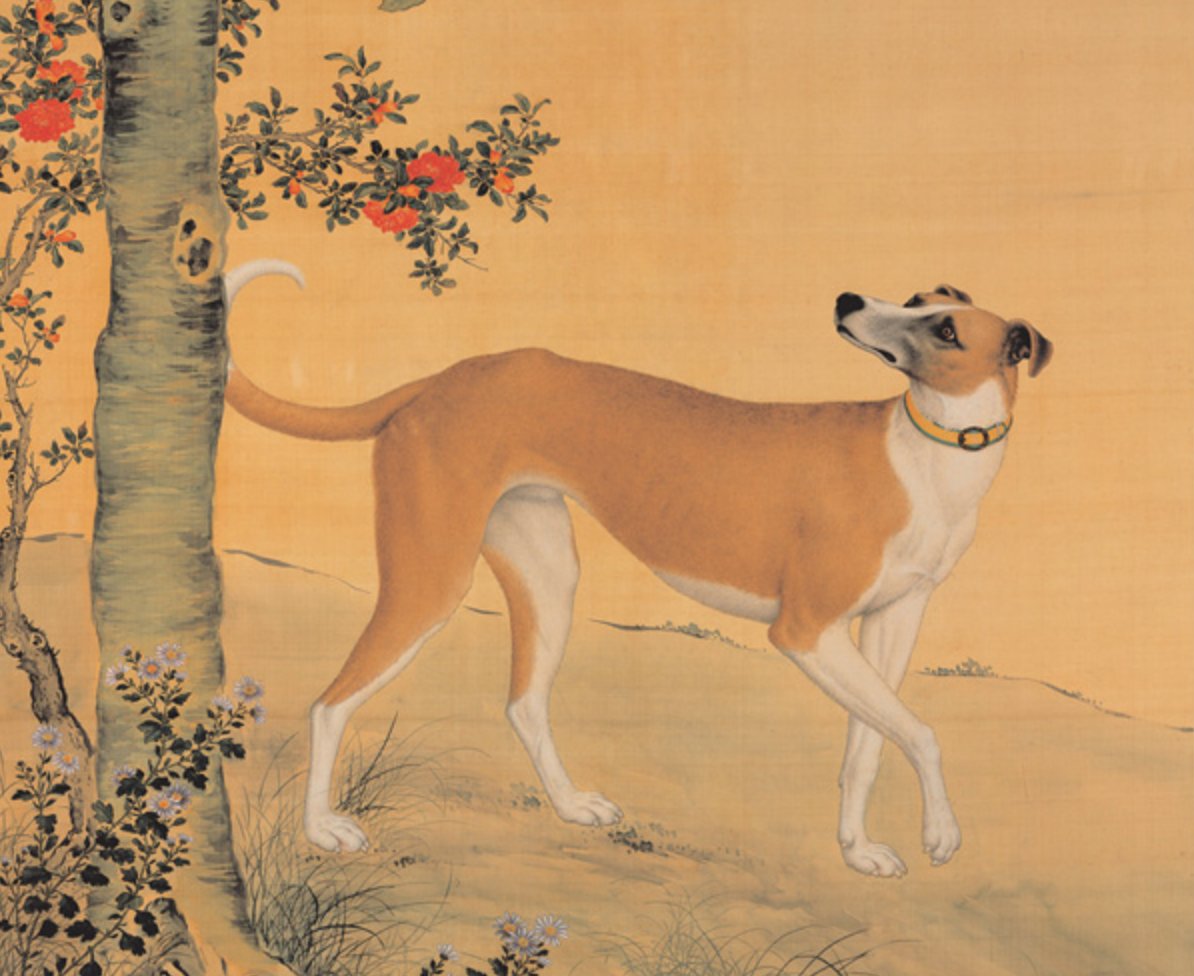

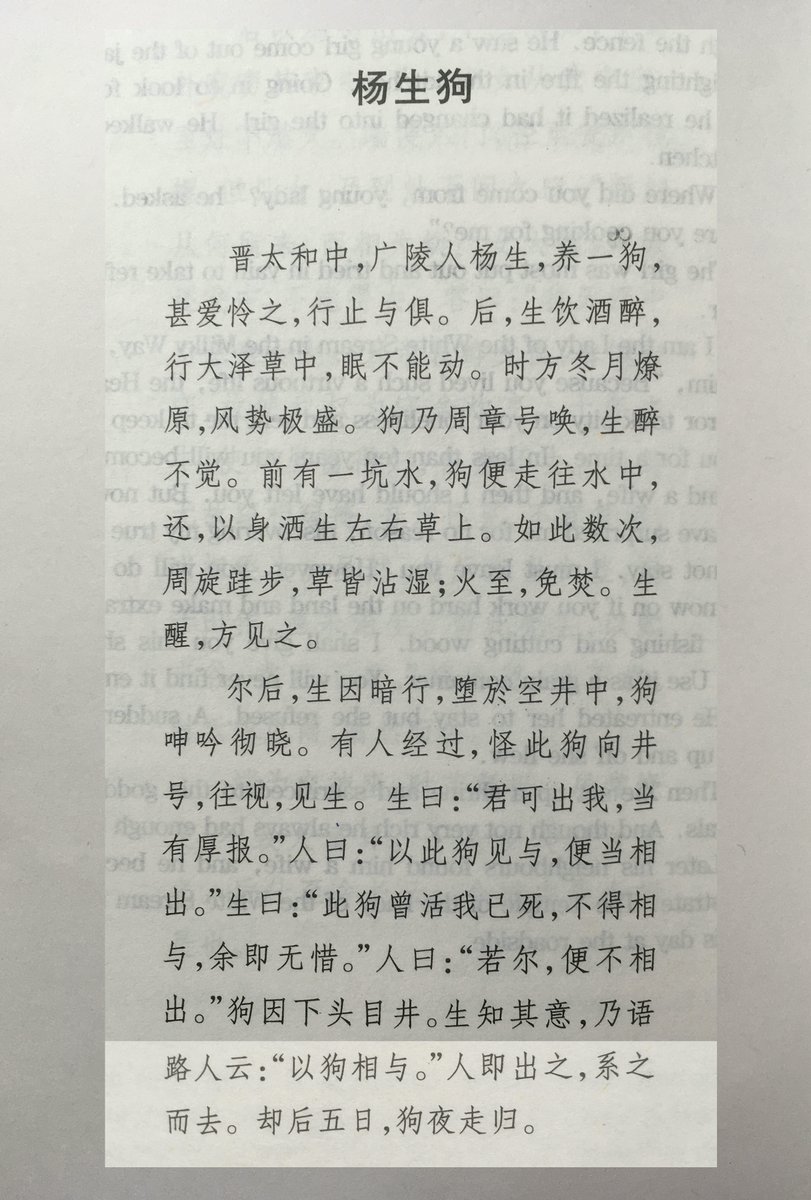 The dog took fright and howled, but Yang was too drunk to realize his danger. As there was a pool nearby, the dog plunged in, coming back to sprinkle water on the grass all around. It did this several times, in a circle, so when the fire reached them, they were not burned. [2/5]
The dog took fright and howled, but Yang was too drunk to realize his danger. As there was a pool nearby, the dog plunged in, coming back to sprinkle water on the grass all around. It did this several times, in a circle, so when the fire reached them, they were not burned. [2/5]

 It was the conclusion of the ‘Arrow War’ (1856-60), which led to the legalization of missionary work in the interior and the opening of new ports & foreign legations in the capital. Here is one of the captured Dagu forts 大沽炮台, at the mouth of the Hai river 海河 [2/5]
It was the conclusion of the ‘Arrow War’ (1856-60), which led to the legalization of missionary work in the interior and the opening of new ports & foreign legations in the capital. Here is one of the captured Dagu forts 大沽炮台, at the mouth of the Hai river 海河 [2/5] 

 [2/?] Florence and Montagu Beauchamp were missionaries for the (Protestant) China Inland Mission. The story of how they got there is pretty special, but you may need to wait for my forthcoming book to see what I mean! For now, there’s this:
[2/?] Florence and Montagu Beauchamp were missionaries for the (Protestant) China Inland Mission. The story of how they got there is pretty special, but you may need to wait for my forthcoming book to see what I mean! For now, there’s this: https://twitter.com/evohopp/status/1344139297352527872

 Florence and her husband Montagu worked for the China Inland Mission. They dressed in Chinese clothes, but were religious (Protestant) fundamentalists, and her diaries document their struggles with Satan for the souls of Sichuan [2/14]
Florence and her husband Montagu worked for the China Inland Mission. They dressed in Chinese clothes, but were religious (Protestant) fundamentalists, and her diaries document their struggles with Satan for the souls of Sichuan [2/14] 